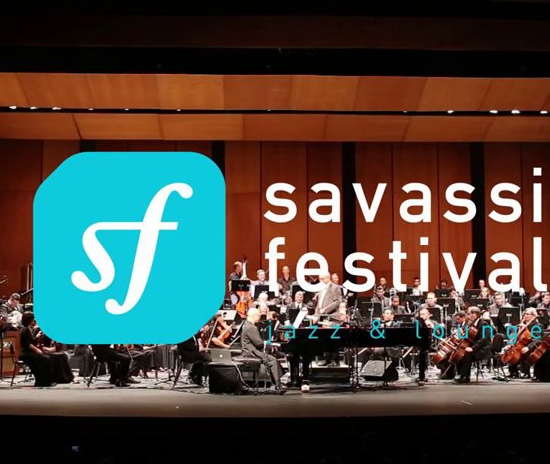A work in Five Movements for Jazz Symphonic Orchestra
I began work on this project at the same time as two significant and related events occurred in my life; my youngest child entered the developmental phase that includes both the acquiring of and ability to use speech and memory, and my mother entered the stage of her dementia when those very abilities began to degrade. I was witness to what seemed to me two mirroring phases of a continuum; the former representing an “opening out” to the outside world, and the latter a withdrawal and disconnection from it. This experience became inspiration, and a desire to reflect this phenomenon in sound.
As I composed, I began to equate the abilities developed and gained during this “opening out” with the capacity to improvise as one meets life’s experiences. It is this immediacy in the course of performance which interests me.
And that motivated many hours of reading, reflecting and writing. For this gift of inspiration, I dedicate this work to Mona and Elias.
Through composed musical motives and passages, I attempt to reflect the arc of emergence, development, and eventual loss of memory. The work is also permeated with opportunity for improvisation, which for me reflects the ability of the mind to create new response in “real
time” when faced with moments of unpredictability. I find, however, that if sections designated for improvisation become part of the pre-detemined structure of a work, musicians frequently apply learned response and habit when faced with moments of individual choice and
action.
To counteract this tendency, I introduce a musical device designed to deter the improviser from using preconceived habitual patterns, both conceptual and physical. These short passages or
instructions, designed as “interventions”, are cued at moments of the conductor’s choosing while a soloist is in the process of improvising.
The musicians, then, are presented with an unexpected event, and must choose whether or not, and how, to engage it and respond musically. It is this immediacy in the course of performance which interests me.
Each movement is derived in different fashion from the main theme presented in the first phrases of the Prelude and re-stated by the electric guitar and alto saxophone in Movement I.
Prelude 0:15-2:40
I. 2:41-13:45
II. 14:08-19:48
III. 19:55-27:31
IV 27:49-31:35
Interlude 31:36-33:04
V. 33:04-35:05
Coda. 35:07-40:13
